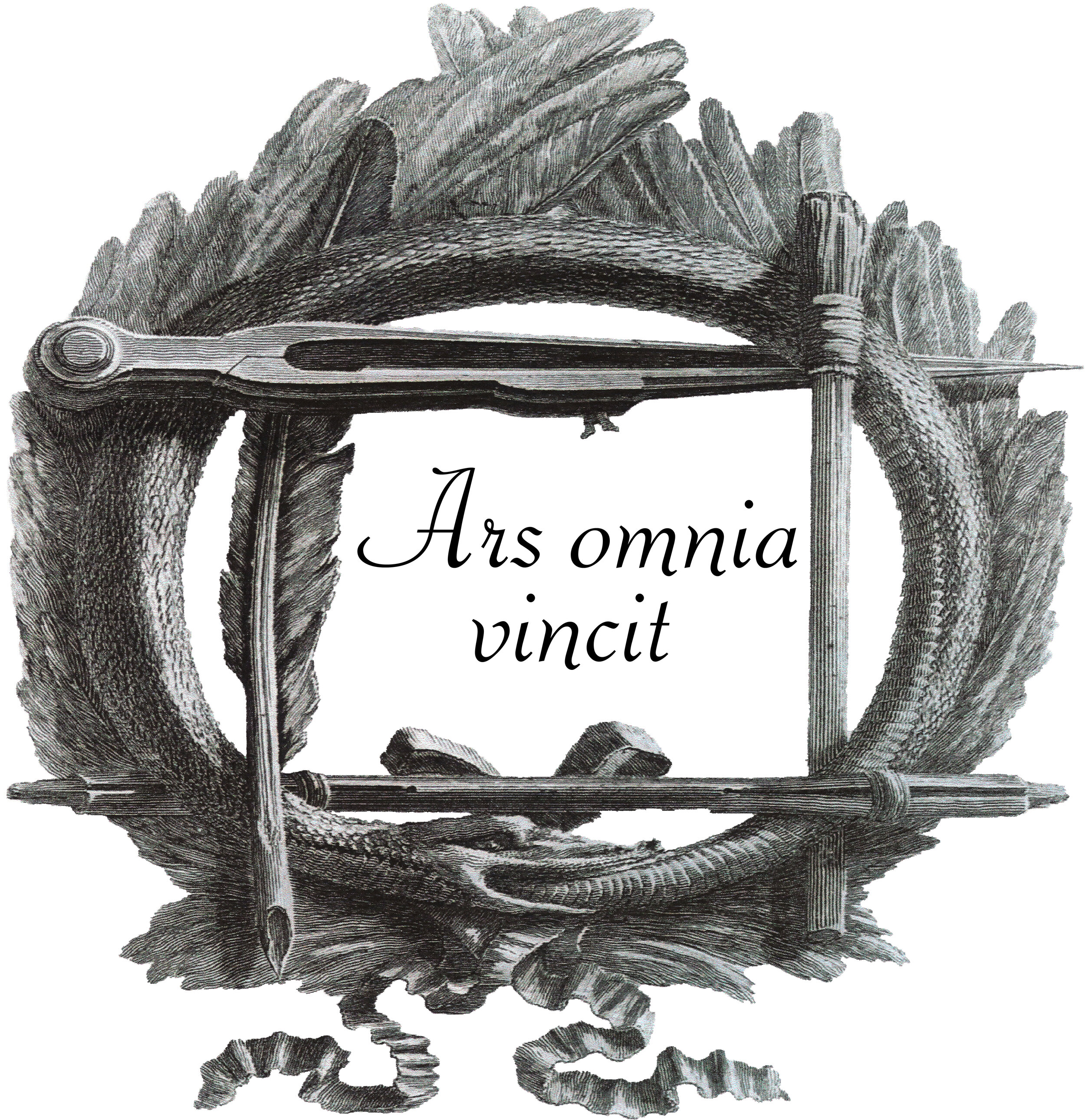"The blessed Virgin appears at St. Francis of Assisi" Italian school XVIIth cent.


"The blessed Virgin appears at St. Francis of Assisi" Italian school XVIIth cent.
Oil on copper representing the apparition of the Virgin Mary with baby Jesus to Saint Francis of Assisi.
Within a contemporary carved and gilt wood frame
Italian school XVII century
Dimension copper cm 20x15 with frame 30x25
Excellent condition commesurate with age.
Significant is the iconography of the painting, which stems from a precise excerpt of the rare "De cognatione sancti Francisci" by Arnaldo of Sarrant (or Samatan) composed in 1365, in which the Saint is represented in ecstatic contemplation of the Virgin, from which he has just received the Child. Interesting is the approach of the figure of St. Francis to that of Jesus, to identify the Poverello as the perfect follower of Christ, an emblematic witness to conterreformist painting. The representation of the ecstatic saint that contemplates the Virgin that has just delivered the Child "is all too uncommon, and in any case appears to be one of the last results of Franciscan iconography, alien to the merely biographical-miraculous subject "Widespread in medieval times, aimed at exemplae production for the faithful, and the generally neo-iconic and adiegetic of the Renaissance era."The derivation of this subject is derived from the Annales Minorum - compiled at the beginning of the seventeenth century by Wadding - where it is said that the Virgin appeared to St. Francis by handing him the Child so that he would pray for the conversion of sinners and the salvation of the world. But the scholar points out that this peculiar iconography "is neither derived from Wadding nor, as is often stated by the "Fioretti", whose writing dates back to the last quarter of the fourteenth century, and not even from their original Latin editorial form, the "Actus beati Francisci et sociorum eius", compiled in the second quarter of the same century. The iconography would come from a parallel tradition, after that of Actus-Fioretti (but with it certainly contaminated), fixed by a precise excerpt of the rare "De cognatione sancti Francisci" by Arnaldo di Sarrant (or Samatan), composed in 1365 known only in two manuscript specimens, which was resumed in the most popular "Liber conformitatum" by Fr. Bartolomeo from Pisa, compiled from 1385 to 1399 and repeatedly reprinted in Italy during the sixteenth century. Of course, works like this appeared to the faithful as an instrument capable of transmitting theological and moral content through a clearly understandable representation, as has been repeatedly reaffirmed with the Council of Trent. Significant is the iconography of the painting in the approach of the figure of St. Francis to that of the Child, to document the figure of the Poverello as the perfect follower of Christ: the emblematic witness of counter-reformist painting. Between the end of the sixteenth century and the beginning of the following century, in the figurative art, a profound renewal of content and form occurred. The Renaissance culture, based on humanistic values, the myth of classical art and neoplatonic philosophy, developed a deep feeling of absolute dedication to God, characterized by a vigorous desire to detach itself from earthly things. This glorification of the ascesi, like the great mystics who lived in the second half of the sixteenth century, spread the representation of the direct relationship they had with the divinity; so in the scenes of the earthly life of the great champions of faith, their miracles and their preaching, mysterious and sublime visions were replaced. In this context, the worship of St. Francis was renewed, to which many figurative works were dedicated.







